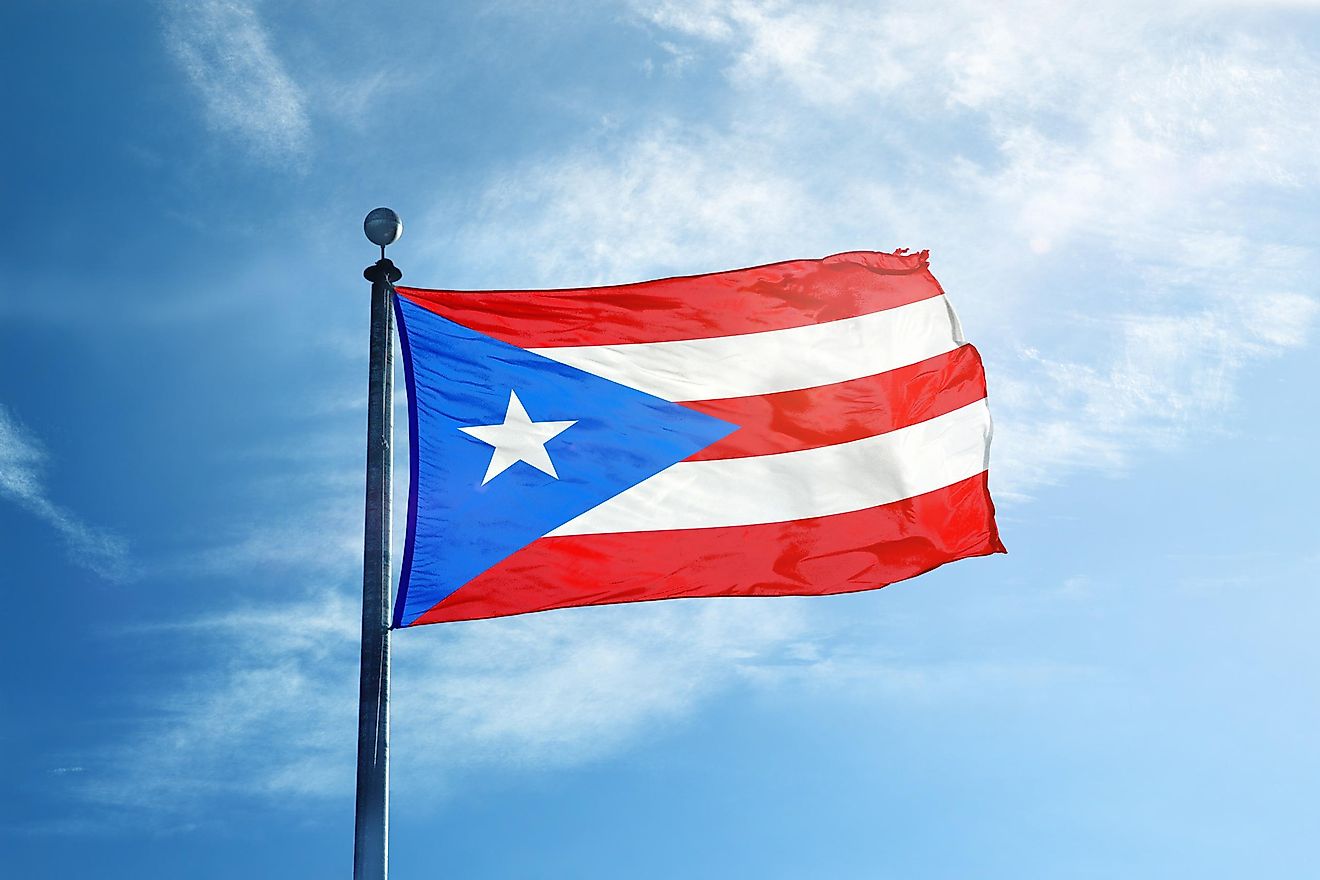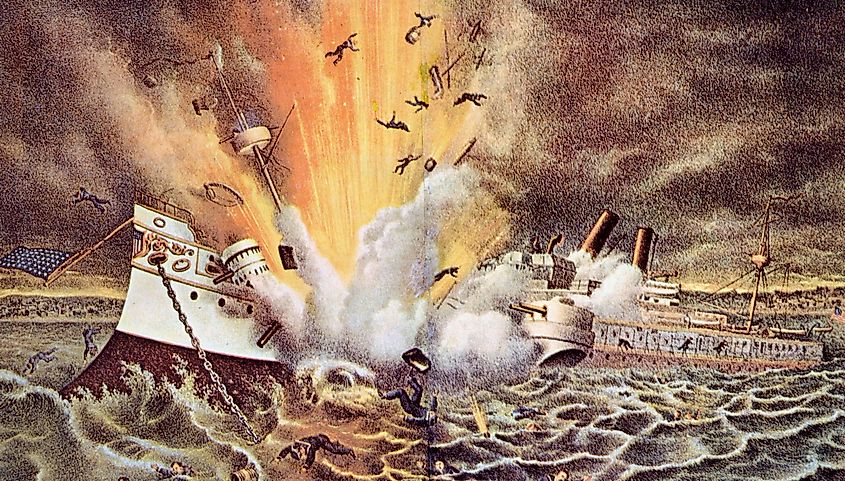How Did Puerto Rico Become A US-Governed Territory?

- After enjoying a brief independence from Spain, Puerto Rico was invaded by the US in 1898 as part of the Spanish-American War and became a US territory in the same year.
- People in Puerto Rico are free to move to the continental US to live and work, but cannot vote for the US president in Puerto Rico.
- Many American companies work out of Puerto Rico and pay no tax to the territory, which is poverty stricken.
Puerto Rico has had a rough go throughout history. For centuries, starting in the early 1500s, this Caribbean island of about 9,000 square km (3,500 square miles) in the West Indies was dominated by the Spanish. In 1493, the infamous Christopher Columbus claimed the space for Spain, and in 1508, Juan Ponce de León established the area’s first European settlement, calling it Caparra. In 1521, this name was changed to Puerto Rico, which means “rich port,” which soon caught on as the name for the entire island.
The Spanish were interested in Puerto Rico as it presented them with an opportunity to grow things that would make them money, and to have a military presence in this area of the ocean. The cash crops the Spanish grew included coffee, sugar cane, ginger, and tobacco. The rulers imported slaves from Africa to do the real work and began reaping the benefits. They also built some significant military forts to keep the place from being invaded by other competing world powers at the time: England, France, and the Netherlands.
As the Spanish ruled Puerto Rico, things were fine for a while, but eventually trouble began to brew. In the mid-1800s, the inhabitants of many of Spain's colonies began to rebel. They wanted independence. This happened in Puerto Rico when news of the civil unrest in other colonies reached them. Puerto Ricans were successful in fighting for a Constitution and voting rights as an independent part of Spain, which the colony was granted by February of 1898. Puerto Ricans got to enjoy these so-called “freedoms” for only a small while, however. In July of 1898, US military forces invaded Puerto Rico at Guánica.
Why the US Invaded
What was the US doing running around the Caribbean creating trouble? Places like Cuba, Puerto Rico, and Guam were valued by both the US and Spain. These two countries were competing world powers in the late 1800s. Islands such as Puerto Rico were seen as strategic places in which a ruling body could assert their global power by stationing military posts, and by taking advantage of the warm climate which allowed for the production of certain crops like sugar cane, that were prized around the world. Essentially, these tropical island locations could make a person—or a country—rich, and were seen as necessary in order to dominate.

In some ways, the US and Spain were simply waiting for an excuse to go to war. They got one when the American battleship the USS Maine, stationed in a harbour off the coast of Cuba, exploded. Cuban revolutionaries had been fighting Spain for independence, and the chaos was said to be affecting the US, which was close by. The explosion of the USS Maine was later discovered to have been an accident—gunpowder was somehow accidentally ignited on the ship—but it was seen as a signal of Spain attacking the US. And so the US retaliated. The US demanded then that Spain give Cuba its independence, and Spain did not. The US then attacked Cuba, and sent a military fleet to the Philippines, which was Spanish territory. Then, it was on to Puerto Rico.
By this point, the US wanted Puerto Rico for its growing sugar market. Some Puerto Ricans still felt like they were at war with Spain in trying to gain their independence, and as such were happy to see the Americans show up at their doorstep. They thought the US might help them in this matter, and Americans like General Nelson Miles gave off that impression by promising to protect the life and liberties of the Puerto Rican people, who had just experienced brief independence. The US and Spain began firing at each other in Puerto Rico, and this continued through August. The US finally won. The two countries signed the Treaty of Paris, and the US got to take over Guam, the Philippines (for a price), and Puerto Rico.

The Situation for Puerto Ricans Today
Unfortunately, this has not boded well for Puerto Ricans on Puerto Rican soil, as the Americans' promises proved to be empty words. Today, those Puerto Ricans who choose to live in the mainland US enjoy all the freedoms that other Americans do. Puerto Ricans in Puerto Rico, however, cannot vote for the US president. Puerto Rico is an unincorporated territory of the US and as such, the US Constitution does not apply to those living there. The territory has no path to statehood. Puerto Ricans had no legal standing in the US system of government until 1917 and prior to this were left living in limbo for almost two decades, without even rights to a passport. When World War I took shape, Americans changed the status of Puerto Ricans so that they could join the US army and boost military numbers.
Millions of Puerto Ricans now live on the US mainland, and more live abroad than in Puerto Rico, where poverty is now rampant. What does the future hold? That is hard to predict but experts say it is unlikely that Puerto Rico will become a US state anytime soon.











